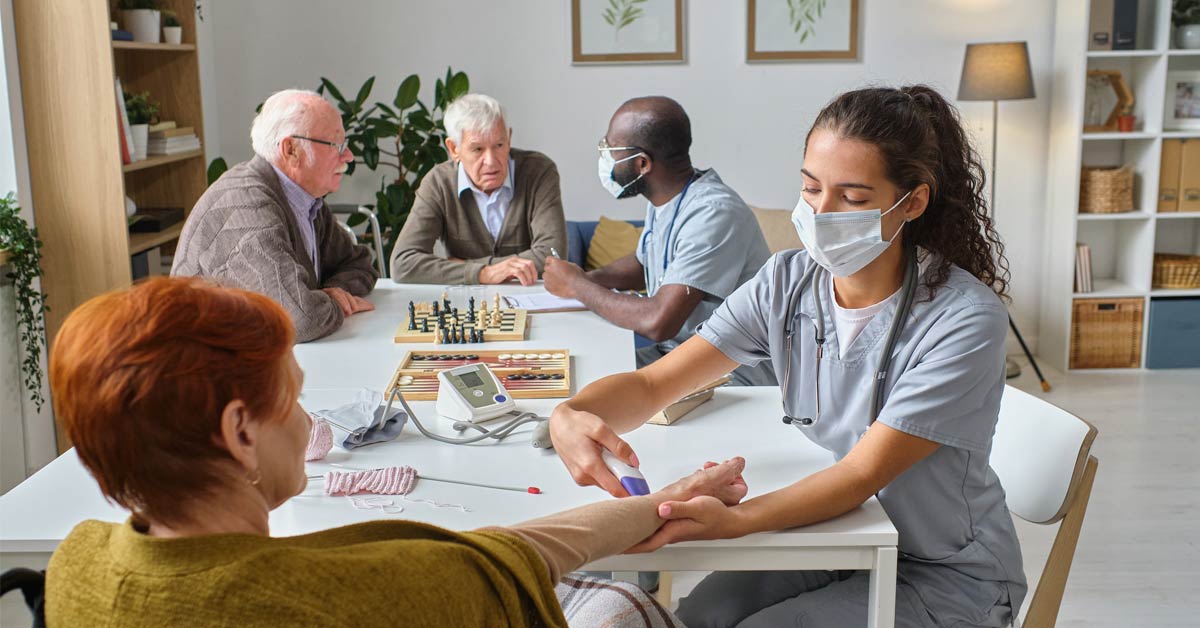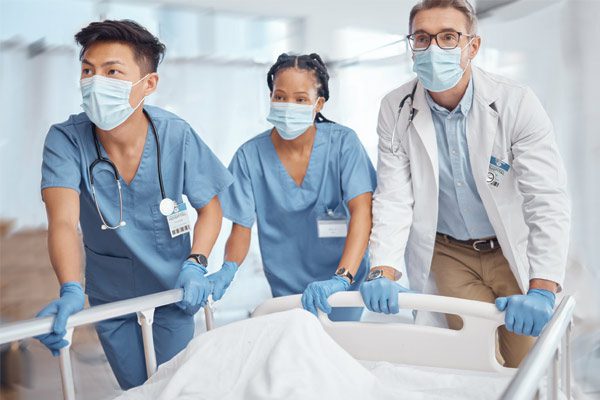Best Practices for Preventing Healthcare-associated Infections in Hospitals and Nursing or Retirement Homes
In 2020, the cost of healthcare-associated (HCAI) infections was estimated at £2.7 billion to the NHS, largely stemming from patient management and extended hospital stays. Preventing and controlling these types of infections can improve patient outcomes, thus decrease the risk of further illness and reduce the financial burden on healthcare facilities.
Hospitals, retirement homes and care homes all pose certain risks and hazards due to their fast-paced environments. Anticipating risks in advance can help managers prepare for potential injuries and implement measures to prevent them.
In this article, we will share valuable best practices for preventing healthcare-associated infections in hospitals and retirement or nursing homes. Read on for practical tips from Shoes For Crews and to find out how you can stay ahead of the curve at your facility.
HCAI infections: what they are and how to prevent them
HCAIs are infections that patients can contract during medical treatment or from staying in a hospital, retirement home, nursing home or other healthcare setting for a variable period.
Best practices for preventing HCAI infections are derived from evidence-based guidelines, national structures and official recommendations from organisations such as the Health and Safety Executive (HSE), the National Health Service (NHS) and Public Health England (PHE).
Let us review the 6 most common below:
1. Good hand hygiene practices
Our hands carry and transmit millions of bacteria every day. This is why prevention starts with hand washing. Use soap and water after every instance of contact with bodily fluids or residue. Alcohol-based hand rubs (ABHRs) should be used when hands are not obviously dirty and after touching surfaces where germs are likely to be present such as door handles, bed rails or work equipment.
Inadequate and improper handwashing is the main cause of the cross-transmission of pathogens in healthcare settings. Be aware of and promote the 5 Moments of Hand Hygiene:
- Before patient contact
- Before clean/aseptic procedures
- After body fluid exposure risk
- After patient contact
- After contact with patient surroundings
2. Environmental cleaning and disinfection
These types of facilities can be major sources of pathogen transmission, meaning HCAI infections are highly likely. Regular cleaning and disinfection can help minimise these risks. Set up regular cleaning schedules for patient and resident rooms as well as operating theatres, and make sure your staff highlight the following:
- High-touch surfaces (bedside tables, handles, light switches, counters, etc)
- Patient equipment (e.g. tools, thermometers, stethoscopes, blood pressure cuffs)
In retirement homes, focus on communal areas such as dining rooms, bathrooms, lounges and activity rooms. Use hospital-grade disinfectants that are proven to be effective against HCAI infections such as MRSA, C. difficile, and norovirus.
3. Isolation and cohorting infected patients
Isolating infected patients and grouping them with others who have similar conditions can limit the spread of contagious infections and bacteria. However, patients with multidrug-resistant organisms (MDROs) or high-risk infections should be placed in single rooms or alongside others with the same infection.
Use barrier nursing techniques such as PPE or specifically designed equipment to reduce the spread of HCAI infections. Clear signage should be erected to indicate isolation status and necessary precautions, such as for highly transmissible gastrointestinal pathogens or respiratory infections.





